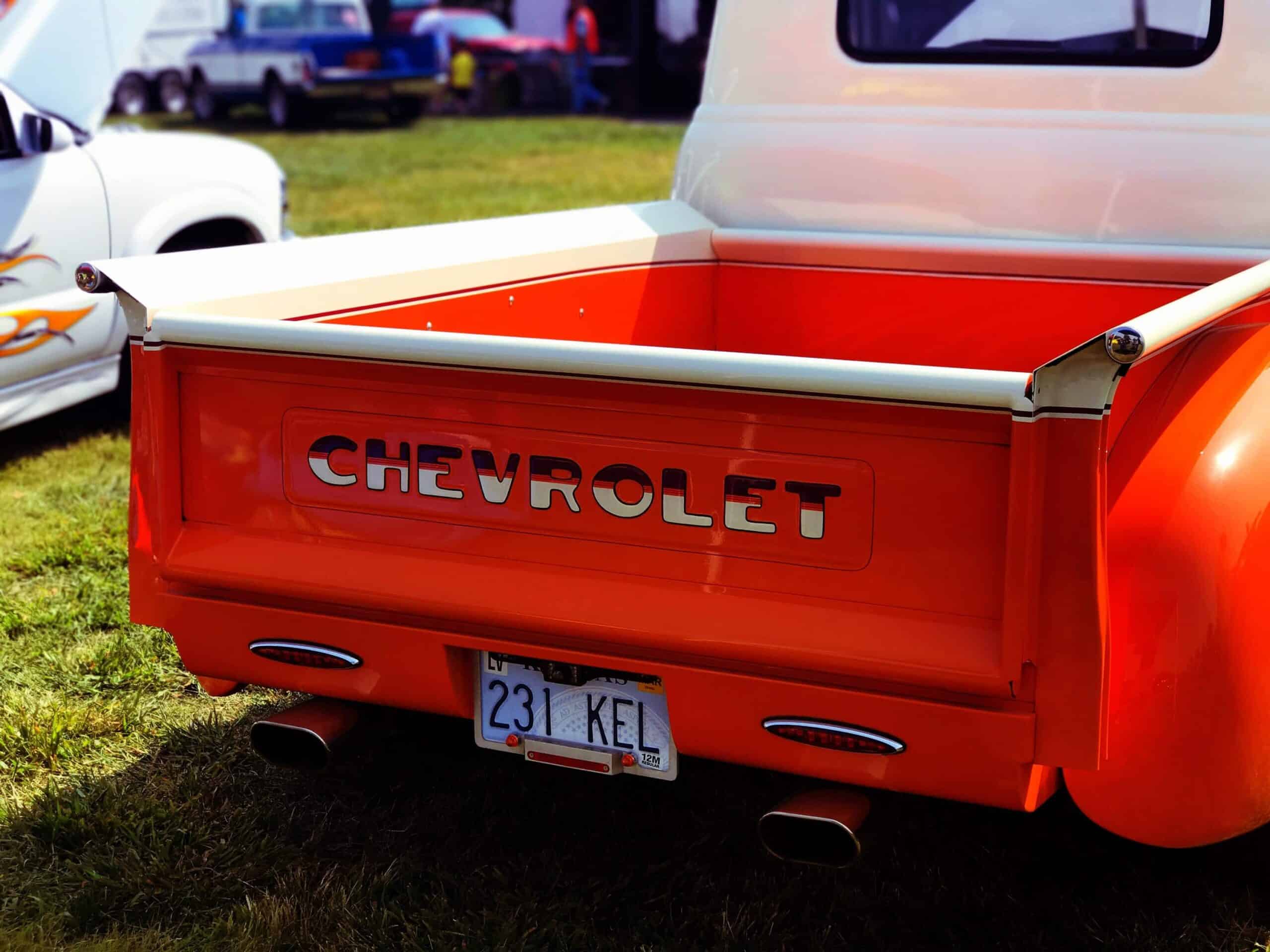
Rebuilding a transmission, such as the TH400, is not relatively as easy as changing your car filter or making an oil change. It is a challenge that will take a good mechanic almost all weekend. But if you don’t possess the skills of a mechanic, you shouldn’t attempt rebuilding your transmission. It is highly recommended that you leave this project in the hands of professionals. Here’s what you need to know about TH400 transmissions and how to rebuild them for faster and better performance.
Overview of TH400 Transmission
The TH400 transmission – or Turbo 400 transmission – was General Motors vehicles’ brainchild in 1964. This transmission was designed to substitute the ST300 2-speed automatic transmission. The TH400 transmission was used in Pontiacs and Cadillacs in the first year but somehow found its way to Chevrolets, Oldsmobiles, and other models by 1965.
The TH400 transmissions from 1965 to 1967 featured a mechanical device known as a variable pitch stator. This feature helped the torque converters characters in the transmissions and can easily be identified by the 2-prong plug on the case. By the time the ’70s arrived, the TH400 transmission was already used in heavy-duty GM trucks in 2WD and 4WD versions.
In 1990, this transmission changed from TH400 to 3L80, resulting in longitudinally positioned 3-speeds and 8,000lbs. GVW or Gross Vehicle Weight. This name change was necessary as it made readily identifying the transmissions easier. This was also the year an early introduction of the 4L80-E transmission, the successor of the Turbo 400 Transmission that has overdrive, was made.
The TH400 transmission is an electronically-controlled, heavy-duty version of a TH350. The Turbo 400 Transmission required a kick-down switch by the gas pedal to inform the transmission when to kick down a gear. Military and heavy-duty GM vehicles still use this transmission as it is still produced today.
Features of the TH400 Transmission
The Turbo 400 transmission is a highly durable gear mechanism that offers improved performance over its predecessors. One common feature of the TH4oo transmission is its iron and aluminum construction. In addition, it has three tail shaft lengths and bell housing integrated into the transmission.
- First gear – 2.48:1
- Third gear – 1:1
- Reverse gear – 2.08:1
The TH400 transmission weighs 135 pounds minus the fluid.
Identifying the TH400 Transmission
The Turbo 400 transmission has a main cast aluminum case measuring 24-3/8 inches long. This aluminum case is smooth. The rear mounting face of this transmission showcases a bold hex pattern with several ribs that run forward longitudinally. The shape of the fluid pan is somewhat irregular, likened to a distorted Texas pattern. The TH400 transmission is admittedly the largest of the regular General Motors transmissions.
Nevertheless, it is surprisingly compact, considering the immense power it can handle. General Motors created two significant variants of the Turbo 400 transmission. The first variant, i.e., the TH375 transmission, was made public from 1972 to 1976 in smaller displacement vehicles. It was used extensively in several small vehicles and easily identified by the ‘375-THM’ lettering carefully etched on the bottom or underside of the tail housing.
The other variant of the Turbo 400 transmission was the TH475; a heavy-duty transmission used extensively in large trucks from 1975 onwards. You can quickly identify the Turbo 400 transmission by checking out its kick-down assembly. This transmission uses an electric slide switch that controls the throttle linkage mechanism. On the other hand, the TH350 transmission uses a mechanical relay or cable kick-down mechanism attached to the throttle linkage.
Rebuilding the TH400 Transmission to Your Engine
The TH400 transmission is respected and loved due to its versatility and durability. However, there will come a time when the old transmission shows signs of wear and tear. Even the best transmissions are rebuilt at one point or the other. Wholly and correctly rebuilding an automatic transmission like the TH400 is ordinarily not beyond the capabilities of the average DIY automotive enthusiast. But there is always something that keeps away even pro automotive mechanics or technicians when rebuilding an automatic transmission.
Some claim not to have the necessary tools, while others say they don’t have enough time to carry out the task, so they whisk off the tranny to a specialty shop. As mentioned earlier, rebuilding a transmission is not an easy task. But the truth is that most of the tools required are standard hand tools. If you are not 101 percent sure of what you’re doing, best leave this task to professional mechanics. In this light, here are some of the tools required for rebuilding your TH400 transmission:
- Safety equipment (eye protection, nitrile gloves, heavy-duty gloves, hearing protection, etc.)
- Wrenches and sockets
- Screwdrivers
- Spring compressors
- Snap ring pliers
- Measuring devices
- Pans for small components
- Case holding features
- Work surface
- Busing removers and installers
- Cleaning cases, etc.
When racing a Turbo 400 transmission, it is crucial to upgrade the direct and forward drums. The key revolves around more durable and stronger components and boosting efficiency for better performance, safety, and consistency. You can get a radical edge over other users by upgrading your TH400 to maximize drum function with unique configurations of more robust and lighter components. This development significantly boosts the efficiency and performance of your TH400 transmission for more power to the ground and stability/traction on the shifts.
Conclusion
The Turbo 400 – or TH400 – transmission is one of the automotive industry’s most widely used and versatile performance transmissions. This remarkable transmission has proven to be capable of handling massive power and is incredibly adaptable. This is not evident only in General Motor applications but also adapted behind Chrysler, Ford, and other engines.
You can maximize the reliability and performance of the TH400 transmission to make it deliver that exceptional result you trust at any power level. However, unless you are a certified mechanic or technician, it is highly recommended that you allow pros to handle the rebuilding of the TH400 transmission on your behalf.

